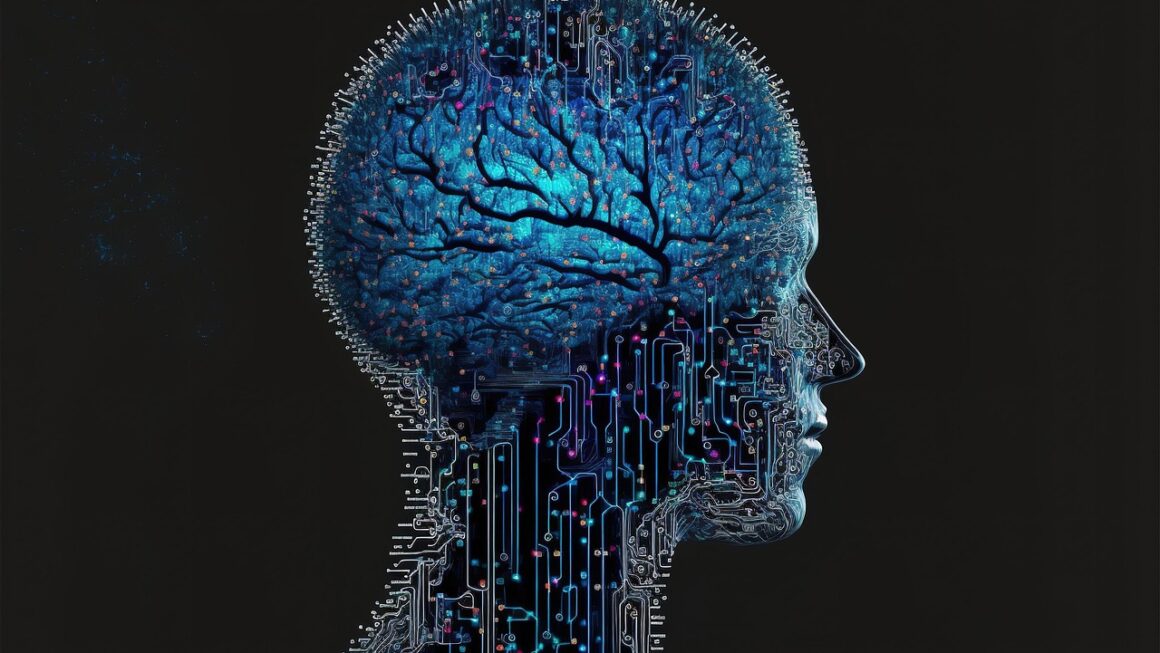NFT collections have exploded in popularity, transforming the digital art world and creating new avenues for creators and collectors alike. Whether you’re a seasoned crypto enthusiast or just beginning to explore the world of non-fungible tokens, understanding the nuances of NFT collections is crucial for making informed decisions and potentially profiting from this exciting new asset class.
What are NFT Collections?
NFT collections represent a group of related non-fungible tokens united by a common theme, artist, or purpose. Unlike individual NFTs, collections often offer additional utility, community access, or represent a larger narrative. They’re like a digital art gallery, but with unique ownership and tradability baked right in.
Defining Characteristics of NFT Collections
- Shared Theme: Collections often revolve around a central concept, like CryptoPunks’ pixelated characters, Bored Ape Yacht Club’s primates, or Art Blocks’ generative art pieces.
- Rarity & Attributes: Individual NFTs within a collection possess unique attributes, some rarer than others. These attributes significantly impact their value.
- Smart Contract: The entire collection is governed by a smart contract, which defines the rules for minting, trading, and potentially, future utility.
- Community Building: Strong NFT collections foster thriving communities, often offering exclusive benefits to holders.
Examples of Popular NFT Collections
- CryptoPunks: One of the earliest and most influential NFT collections, known for its pixelated avatars and pioneering role in the space. Its historical significance has driven its high value.
- Bored Ape Yacht Club (BAYC): BAYC offers membership to an exclusive online club with unique perks, including access to future NFT drops and events. The strong community and brand recognition contribute to its desirability.
- Art Blocks: A generative art platform allowing artists to create unique visual outputs through algorithms. The unpredictable nature of these creations adds to their allure.
- Azuki: An anime-inspired collection boasting high-quality artwork and a strong focus on community engagement and brand building.
Why are NFT Collections Valuable?
The value of NFT collections stems from a variety of factors, ranging from artistic merit to community engagement and potential future utility. Understanding these drivers is critical for evaluating investment opportunities.
Factors Influencing Value
- Artistic Merit & Rarity: The visual appeal and the rarity of specific attributes within the collection significantly impact the price. Collectors often seek out NFTs with unique or highly sought-after traits.
- Community Strength: A vibrant and active community adds value by creating a sense of belonging and shared purpose. Strong communities often drive up demand and support the collection’s overall ecosystem.
- Utility & Perks: Some collections offer practical utility, such as access to exclusive events, early access to future projects, or voting rights within a DAO. This added functionality can significantly increase value.
- Creator Reputation: The reputation and track record of the artist or team behind the collection play a vital role. Established artists and experienced teams inspire confidence and attract collectors.
- Market Sentiment: The overall sentiment towards NFTs and the specific collection can influence its price. Positive news, celebrity endorsements, or favorable market trends can drive up demand.
Analyzing NFT Collection Performance
- Trading Volume: Track trading volume on platforms like OpenSea and LooksRare. High trading volume indicates strong demand and liquidity.
- Floor Price: Monitor the “floor price,” which is the lowest price for an NFT within the collection. It serves as a baseline for understanding the collection’s value.
- Sales History: Analyze the sales history of individual NFTs to identify price trends and understand which attributes are most valuable.
- Community Engagement: Assess the activity and sentiment within the community on platforms like Discord and Twitter. A thriving community is a positive indicator.
How to Participate in NFT Collections
Participating in NFT collections involves several steps, from setting up a wallet to navigating marketplaces and engaging with the community.
Setting Up Your Digital Wallet
- Choose a Wallet: Select a reputable cryptocurrency wallet that supports NFTs, such as MetaMask, Trust Wallet, or Ledger.
- Secure Your Wallet: Back up your seed phrase (a list of words that allows you to recover your wallet) and store it in a secure location. Never share your seed phrase with anyone.
- Fund Your Wallet: Transfer cryptocurrency (typically Ethereum) to your wallet to purchase NFTs.
Finding and Evaluating NFT Collections
- Research Thoroughly: Before investing in any collection, conduct thorough research. Review the project’s website, whitepaper, and social media channels.
- Assess the Team: Investigate the background and experience of the team behind the project. Look for transparency and a proven track record.
- Analyze the Art: Evaluate the artistic merit and uniqueness of the NFTs. Consider whether the art resonates with you and if it has the potential to appreciate in value.
- Join the Community: Engage with the community on Discord or Twitter to gain insights and ask questions.
- Use NFT Analytics Tools: Utilize NFT analytics tools to track sales volume, floor prices, and rarity scores. Examples include Nansen, DappRadar, and Icy.tools.
Buying and Selling NFTs
- Choose a Marketplace: Select a reputable NFT marketplace, such as OpenSea, LooksRare, Magic Eden (for Solana), or Rarible.
- Connect Your Wallet: Connect your digital wallet to the marketplace.
- Browse and Buy: Browse the available NFTs and place bids or purchase them at the listed price.
- List and Sell: If you own NFTs, you can list them for sale on the marketplace, setting your desired price.
Risks and Challenges of NFT Collections
Investing in NFT collections, while potentially rewarding, involves significant risks. Understanding these challenges is crucial for making informed decisions.
Understanding the Risks
- Volatility: The NFT market is highly volatile, and prices can fluctuate dramatically. You could lose a significant portion of your investment.
- Scams and Fraud: Be wary of scams, rug pulls (where the project creators abandon the project after collecting funds), and fake NFT listings.
- Lack of Liquidity: Some NFTs may be difficult to sell quickly, especially if they are not in high demand.
- Regulatory Uncertainty: The legal and regulatory landscape surrounding NFTs is still evolving, which could impact their future value and tradability.
- Security Risks: NFTs are vulnerable to hacking and theft. Ensure you take appropriate security measures to protect your digital wallet and NFTs.
Due Diligence Tips
- Verify Authenticity: Ensure that the NFT you are buying is authentic and from the official collection. Look for verified badges on marketplaces.
- Research the Smart Contract: Analyze the smart contract code to identify any potential vulnerabilities or red flags.
- Be Skeptical: Don’t fall for hype or FOMO (fear of missing out). Conduct your own independent research and make informed decisions.
- Use Reputable Marketplaces: Stick to established and reputable NFT marketplaces with robust security measures.
Conclusion
Navigating the world of NFT collections requires a combination of research, due diligence, and a healthy dose of skepticism. By understanding the fundamental characteristics, value drivers, risks, and opportunities, you can position yourself to make informed decisions and potentially capitalize on this rapidly evolving asset class. Remember to prioritize security, conduct thorough research, and engage with the community to stay informed and ahead of the curve.




